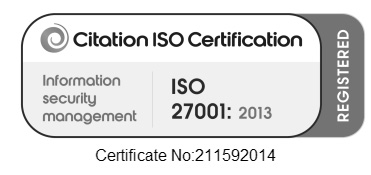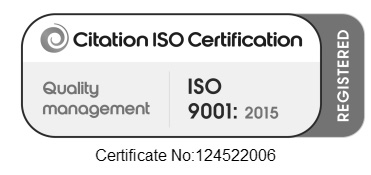Downtime occurs when a technology-related product or service is out-of-action and unavailable for use. This can either be planned – when upgrades and configurations are required, for example – or entirely unexpected due to systemwide failures, power outages, cyber security attacks, and more.
With an oft-cited statistic declaring that UK businesses could be losing an average of £3.6 million a year as a result – including 545 hours of wasted staff productivity – this impact is significant. And whether you’re an SME or blue-chip organisation, swallowing such spend is simply not an option in today’s uncertain economic climate.
The reality is, no organisation enjoys 100% uptime. But by developing a deep understanding of outage implications and how to minimise them, IT teams can build that all-important resilience to keep operations running as smoothly as possible. Our operations director, John Blackburn, explores this further…
Lost revenue: Whether it’s revenue lost in sales, paying out of pocket for recovery costs, or compensating unmet Service Level Agreement (SLA) commitments that have hindered business continuity elsewhere, a large part of the downtime sum will be related to direct finances. In the case of service outages, customers are unlikely to wait for the problem to be resolved and will instead be pushed towards competitors.
Tarnished reputation: Measuring intangible costs, such as business reputation, is a much more challenging assignment - and one that isn’t as easily reflected in numbers either. But that doesn’t make it any less severe. For customers, partners, and stakeholders alike, a network outage can significantly damage how much faith is placed in your service – particularly if you don’t react promptly, or the issue is ongoing. When Facebook suffered a global outage last year, the stock ended the day down nearly 5%!
Hindered productivity: Unplanned IT downtime can terminate work for an entire organisation for hours, and sometimes days, at a time. And for companies that rely on the public cloud for development efforts, as well as to communicate, the ability to do anything productive in this time comes to a complete standstill. For larger organisations paying a greater number of employee salaries, the impact is even greater.
How IT outsourcing can minimise risk
The first step to reducing the risk of IT downtime is through proactive monitoring and maintenance of the network. Instead of waiting for a problem to arise, or implementing a knee-jerk sticking plaster solution to cover the cracks, carry out a full health check of your tech stack. External IT partners can offer an invaluable service here, if you’d prefer not to eat up precious in-house resource.
A specialist third-party will not only advise where upgrades and repairs are required, but also take a proactive approach to ongoing upkeep – acting as an extension of your team to ensure systems are running efficiently in the background and enabling you to focus on more revenue-generating, value-add tasks. If you choose the best fit for your organisation, this relationship will be completely headache-free, and significantly minimise the cost of IT downtime.
If you’re keen to continue the conversation, why not get in touch for a no-obligation discussion? We’d love to chat through your requirements.






Central Networks are a strategic technology partner. Excellent technology is a given, customer service, trust and long-term relationships are what drive our business. We support CEOs, Heads of IT, IT technicians and transformation directors to ensure technology provides an edge to their organisations.
Company No: 02604843
VAT: GB 562 6919 13